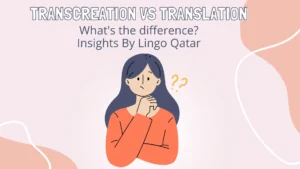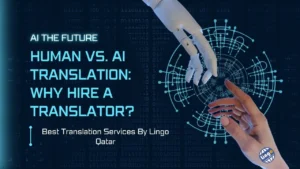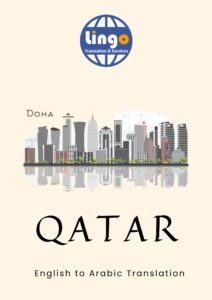The Future of Language Translation is Looking Bright
The growth of technology has been an exponential curve, with advancements accelerating at an unprecedented pace. These developments have permeated every sector of our society, and the discipline of language translation is no exception. The future of language translation looks bright, thanks to the progress made in fields like artificial intelligence (AI), machine learning (ML), and neural networks. Furthermore, these technological advancements are improving the quality of translations and making the process timelier and more economical.
Tools of Communication
Language, in its essence, is one of the most potent tools of communication that facilitates the transfer of information, thoughts, and ideas from one entity to another. However, deciphering and translating the information correctly can become challenging when multiple languages are involved. Traditional translation processes have depended on human translators. Although these translators attempt to maintain accuracy and context, the translation process remains time-consuming, prone to errors, and relatively expensive, mainly when dealing with larger volumes of text or multiple languages. This is where new translation technologies are making significant differences.
Over the past few years, artificial intelligence (AI) has been one of the most transformative technologies. The ability of machines to mimic human intelligence allows them to perform tasks such as recognizing patterns, understanding natural language, and solving problems. AI has found considerable application in language translation, which we see in tools like Google Translate and Microsoft Translator. These applications offer instantaneous translation services, making vast strides in comprehension and utilization of various languages.
Machine Learning (ML)
Machine Learning (ML) is a subset technology of AI that involves training a machine to learn and adapt from data input without being explicitly programmed. It has significantly contributed to the future of language translation, specifically in developing Neural Machine Translation (NMT). Machine translation using neural networks is a technique that uses a single integrated model to predict the probability of a sequence of words. This network brings forth a profound improvement in the quality of machine translations, achieving results closer and closer to human-level performance.
In the context of AI and ML, one of the most widely used methods for language translation is Statistical Machine Translation (SMT). SMT employs statistical methods to predict the translation based on the frequency of words and phrases in the source and target languages. This method is excellent for translating large volumes of text, although it may require more finesse for literary or highly technical texts.
Translation Technologies
The future progress of language translation technologies also looks bright due to voice recognition and speech-to-text technology advancements. These technologies permit real-time translation of spoken languages, which can be a game-changer in international diplomacy, global business, and tourism.
One of the crucial challenges in language translation is maintaining the context, tone, conversational, and cultural nuances of the source text. Linguists often decry the lack of subtlety and nuance in machine translations. However, with the continuous improvement in AI and ML technologies, machines are improving at capturing these nuances. Furthermore, technology giants like Google and Microsoft invest heavily in research and development to enhance their translation algorithms. They deploy massive neural networks that learn from billions of sentences translated by humans to refine their understanding of languages, and this gigantic data set helps capture the nuances of different languages.
Language Barriers
Technology breaks down language barriers, and the world is becoming more connected as a result. It is also opening up economic opportunities. As more reliable and economical language translation technologies become available, businesses can better tap into foreign markets previously unattainable due to language barriers. In addition, improved translation technology will provide equal access to global information, and everyone, regardless of language proficiency, can benefit from the vast resources available on the internet.
Despite the impressive strides in language translation technology, we are far from rendering human translators obsolete. This truth remains that languages are continuously evolving, and the dynamic nuances, contexts, and cultural insights integral to human language can still elude even the most advanced AI. Regardless, technological enhancements to language translation are invaluable tools to supplement human translators and are set to pave the way for a future where communication barriers are virtually non-existent.
Conclusion
In conclusion, the future of language translation looks bright with the advancements in AI, ML, neural networks, and other technological improvements. Although the technology has indeed yet to reach a stage where it can completely replace human translators, the progress and developments have yet to hold a lot of promise. It will undeniably lead us to a future in which innovative translation technologies significantly enhance our ability to communicate across diverse languages, fostering a more interconnected and integrated world.





